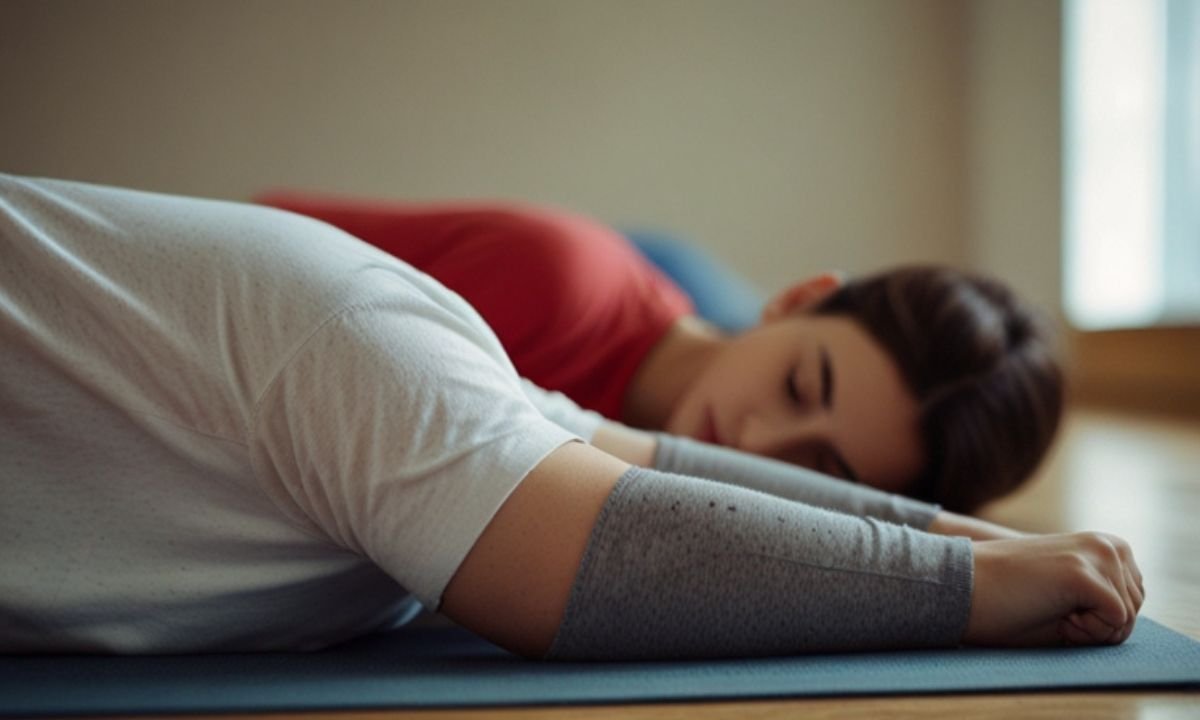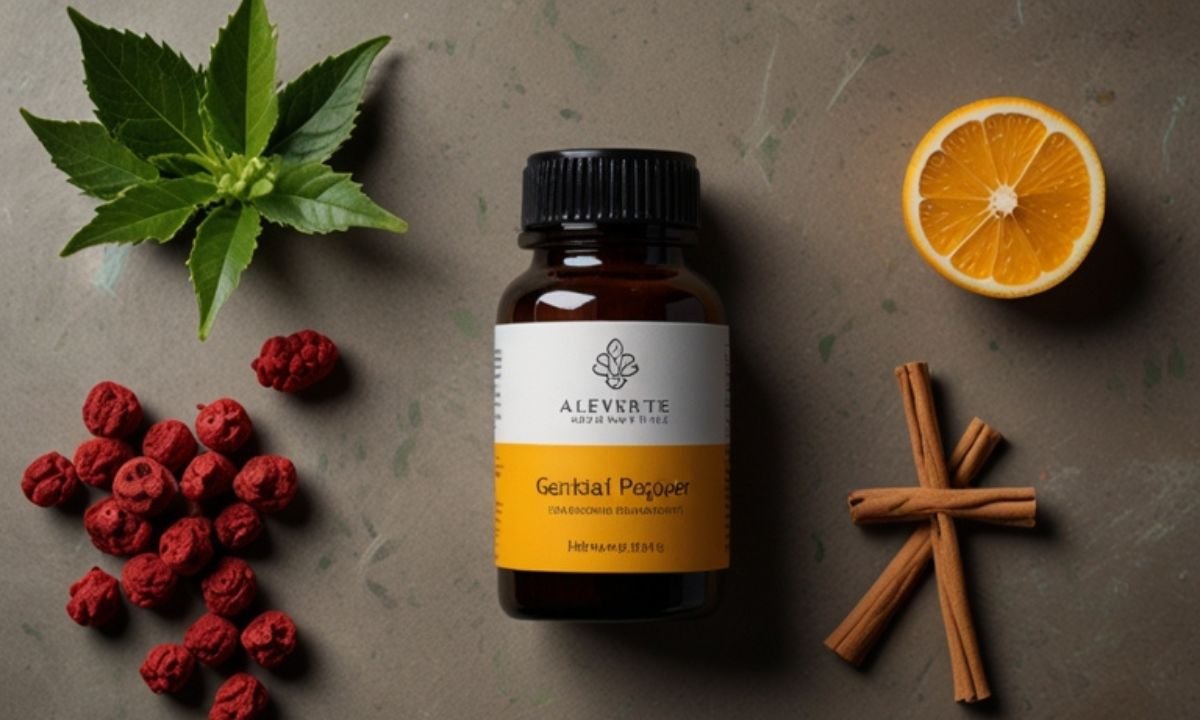Stress has become a common issue in today’s fast-paced life, impacting our physical and mental well-being. While stress is a natural response to challenges, unmanaged stress can take a toll on health, relationships, and productivity. The good news? You don’t need fancy equipment or hours of effort to regain calm—simple stress-reduction techniques can make a big difference.
This article offers practical and quick ways to reduce stress at home through science-backed methods and easy-to-follow strategies. Whether you’re juggling work responsibilities, family commitments, or simply trying to find balance, these tips can help.
Understanding Stress
Stress occurs when the body perceives a threat or challenge, triggering a “fight or flight” response. This response releases adrenaline and cortisol, increasing heart rate, blood pressure, and energy levels. While this can be helpful in short bursts, prolonged stress leads to fatigue, anxiety, and health problems.
At home, common stressors include cluttered spaces, overpacked schedules, and digital overload. Recognizing these triggers is the first step toward managing stress effectively.
Controlled Breathing
Why It Works
Deep, controlled breathing lowers heart rate, reduces cortisol levels, and signals the brain that it’s safe to relax. This simple yet powerful technique can be used anytime, anywhere.
Steps for Square Breathing
- Sit comfortably with your back straight.
- Inhale for a count of four.
- Hold your breath for a count of four.
- Exhale slowly for a count of four.
- Hold again for a count of four.
- Repeat the cycle 4–5 times.
The 4-7-8 Method
- Breathe in quietly through your nose for 4 seconds.
- Hold your breath for 7 seconds.
- Release the breath through your mouth for 8 seconds.
- Repeat 3–4 times for immediate relaxation.
Mindfulness & Meditation
What Is Mindfulness?
Mindfulness involves focusing entirely on the present moment without judgment. It helps you distance yourself from stressors by redirecting your thoughts to the “now.”
A Quick 2-Minute Meditation
- Sit in a quiet, comfortable spot.
- Close your eyes and focus on your breath.
- If your mind wanders, gently bring your attention back to your breathing.
- Feel the sensation of air entering and leaving your nostrils.
Even as little as 2 minutes of mindful breathing can restore calm.
Progressive Muscle Relaxation (PMR)
How PMR Works
Stress often manifests as physical tension. Progressive Muscle Relaxation (PMR) helps by tightening and releasing muscle groups systematically, relieving stored tension in the body.
PMR Technique
- Sit or lie down in a relaxed position.
- Start with your feet. Tighten the muscles for 5 seconds, then release.
- Move up through your calves, thighs, abdomen, arms, and shoulders.
- Pay attention to the sensation of relaxation after each release.
Regular practice can train your body to respond to stress with calmness.
Gentle Physical Activity
Light exercise boosts endorphins, the body’s natural “feel-good” chemicals, improving mood and reducing stress.
Simple Activities to Try:
- Take a 10-minute walk around your neighborhood.
- Do 5–10 minutes of stretching or yoga poses like Child’s Pose and Downward Dog.
- Use your favorite playlist for a quick dance session.
Physical activity not only helps distract the mind but also rejuvenates the body.
Sensory Grounding
Focusing on your senses can stop overwhelming thoughts and bring you back to the present.
Sensory Techniques:
- Sound: Play calming music or nature sounds.
- Smell: Use essential oils or light a scented candle (think lavender or eucalyptus).
- Sight: Look around and name five objects you see, describing their colors and shapes.
- Touch: Hold something with texture, like a soft fabric or smooth stone.
Engaging your senses makes stressful emotions more manageable.
Creating a Stress-Free Home Environment

A calming home minimizes stress triggers and promotes relaxation. Here’s how to transform your space:
- Declutter and Organize: A tidy space equals a tidy mind. Start small by decluttering one drawer or corner at a time.
- Choose Calming Colors: Opt for neutral tones like soft beige, cool blues, or muted greens in your décor.
- Natural Lighting: Maximize sunlight during the day or use warm-toned lamps to create a soothing ambiance in the evening.
- Add Calm-Inspiring Elements: Incorporate houseplants, cozy cushions, or a meditation corner into your space.
Your home should feel like a personal sanctuary.
Incorporating Techniques into a Daily Routine
Stress-reduction practices are most effective when they become habits. Start small and integrate these techniques into your everyday life:
- Begin your day with 2 minutes of controlled breathing.
- Add a quick mindfulness session during work breaks.
- Use PMR or light stretching before bedtime.
- Dedicate 10 minutes daily to decluttering or organizing your space.
The goal is consistency, not perfection.
Additional Resources and Support
For further guidance on stress management, consider these helpful resources:
- Apps:
-
- Calm
- Headspace
- Insight Timer
-
- Books:
-
- The Relaxation Response by Herbert Benson
- Wherever You Go, There You Are by Jon Kabat-Zinn
-
If stress becomes unmanageable, seek professional help from a counselor or therapist. Chronic stress can impact overall health and may require tailored interventions.
Take the First Step Toward Calm
A little stress is unavoidable, but it doesn’t have to rule your life. By incorporating these quick ways to reduce stress at home, you can regain balance, improve well-being, and create a calming refuge in your living space. Start small, be consistent, and watch your stress melt away.
Conclusion
Stress is a part of life, but with intentional strategies and a commitment to self-care, it is possible to manage and even reduce its impact significantly. By creating a supportive environment at home and practicing mindfulness in daily life, you can foster a sense of peace and resilience. Remember, small, consistent efforts can lead to profound changes over time. Take the first step today, and prioritize your well-being for a healthier, happier tomorrow.
Remember, relaxation is not just a luxury—it’s essential for a healthier, happier you.
YOU MAY ALSO LIKE
ztec100.com – Your Ultimate Source for Tech, Health, and Insurance Insights
FAQs
1. How long does it take for stress-reduction techniques to work?
Most techniques, like breathing exercises or mindfulness, can show results within minutes, though long-term benefits often require regular practice.
2. Is exercise better than meditation for stress relief?
Both are effective. Light exercise releases endorphins for mood improvement, while meditation focuses on calming the mind. Combining them can be ideal.
3. Can I reduce stress if I only have 5 minutes a day?
Absolutely. Techniques like sensory grounding, 4-7-8 breathing, or short meditations are quick and impactful, even in just a few minutes.
4. How do I deal with constant stress that doesn’t improve?
Persistent stress may need professional help. Consult a counselor or therapist for tailored coping strategies and support.
5. What’s the easiest way to start reducing stress at home?
Start with quick wins like decluttering one area, practicing 2 minutes of deep breathing, or lighting a scented candle. Simplicity is key to getting started.










